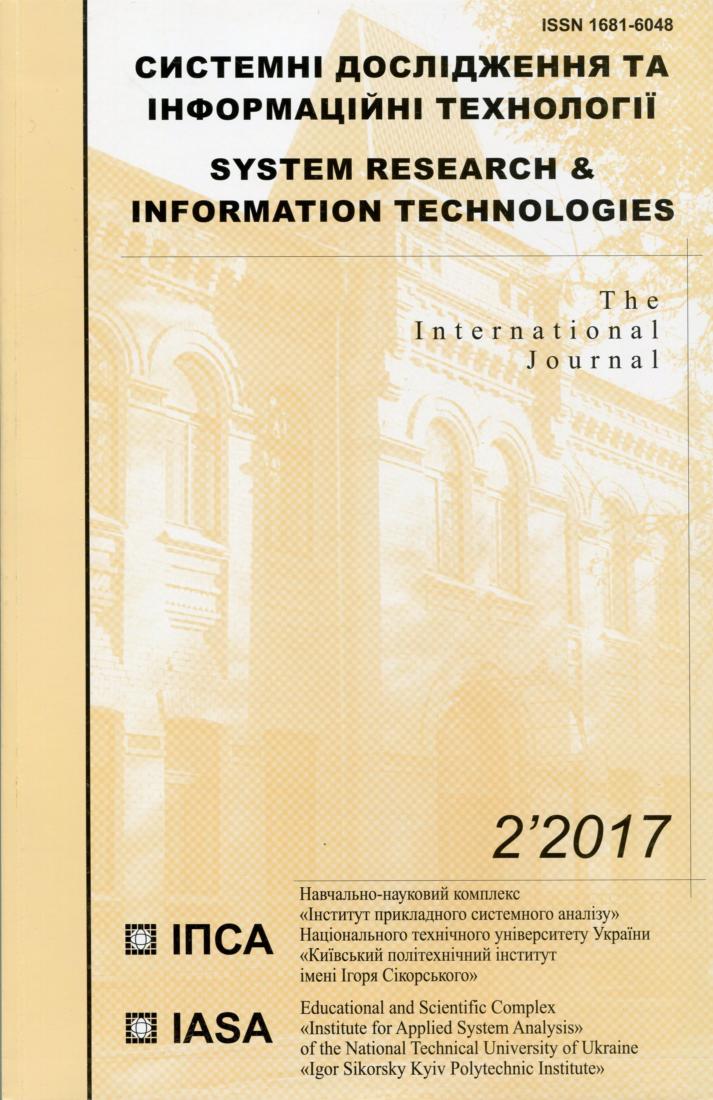Two dimensional model of learning in spiking neural networks with homeostasis and reward
DOI:
https://doi.org/10.20535/SRIT.2308-8893.2017.1.12Keywords:
learning rules, spiking neural networks, reward learningAbstract
The huge complexity of molecular mechanisms that support memory formation makes it difficult to build simple, but precise and sufficient models for an efficient simulation of large neural networks. In this paper, we propose the phenomenological model of a learning rule that describes the synaptic strength via slow and fast variables. Two variables interact with each other in a bidirectional manner that allows to combine the reward and unsupervised learning. Results show the stability of synaptic strength due to coupling of two variables and fast homeostatic plasticity. The multiplicative approach of synaptic scaling preserves memory patterns of statistically more frequent input signals. Similar to the eligibility traces approach, the model tracks recent synaptic changes and allows to reinforce these changes. Also, we speculate on a possible biophysical interpretation of such a model that includes the fast movement of receptors to the membrane and their stabilization into clusters.References
Maass W. Networks of spiking neurons: The third generation of neural network models // Neural Networks. – Vol. 10, N. 9. – 1997. – P. 1659–1671.
Zenke F. Synaptic Plasticity in Neural Networks Needs Homeostasis with a Fast Rate Detector / F. Zenke, G. Hennequin, W. Gerstner // PLoS Comput. Biol. – 2013. – Vol. 9, N 11. e1003330, 11 p.
Fauth M. Opposing Effects of Neuronal Activity on Structural Plasticity / M. Fauth, C. Tetzlaff // Front. Neuroanat. – Vol. 10, N June. – 2016. – P. 1–18.
Brea J. Does computational neuroscience need new synaptic learning paradigms? / J. Brea and W. Gerstner // Curr. Opin. Behav. Sci. – 2016. – P. 1–6.
Frémaux N. Neuromodulated Spike-Timing-Dependent Plasticity and Theory of Three-Factor Learning Rules / N. Frémaux and W. Gerstner // Front. Neural Circuits. – Vol. 9, N. 85. – 2016. – 85 p.
Vidibida O.K. Vihidnij potik integrujuchogo nejrona z vtratami / O.K. Vidibida // arXiv:1501.04874 [q-bio.NC]. – 2015. – 11 p.
(https://github.com/hronoses/ProjectOne)
He K. Distinct Eligibility Traces for LTP and LTD in Cortical Synapses / K. He, M. Huertas, S. Z. Hong, X. Tie, J. W. Hell, H. Shouval, and A. Kirkwood // Neuron. – Vol. 88, N 3. – 2015. – P. 528–538.
Abbott L.F. Synaptic plasticity: taming the beast / L.F. Abbott, S.B. Nelson // Nat. Neurosci. – Vol. 3, N November. – 2000. – P. 1178–1183.
Chistiakova M. Heterosynaptic Plasticity: Multiple Mechanisms and Multiple Roles // M. Chistiakova, N.M. Bannon, M. Bazhenov and M. Volgushev // Neurosci. – Vol. 20, N. 5. –2014. – P. 483–498.
Turrigiano G.G. Homeostatic plasticity in the developing nervous system / G.G.Turrigiano, S.B. Nelson // Nat. Rev. Neurosci. – 2004. – Vol. 5. – P. 97–107.
Ibata K. Rapid Synaptic Scaling Induced by Changes in Postsynaptic Firing / K. Ibata, Q. Sun, G.G. Turrigiano // Neuron. – Vol. 57, N. 6. – 2008. – P. 819–826.
Zenke F. Diverse synaptic plasticity mechanisms orchestrated to form and retrieve memories in spiking neural networks / F. Zenke, E.J. Agnes, W. Gerstner // Nat. Commun. – Vol. 6. – 2015. – P. 6922.
Nadel L. Memory formation, consolidation and transformation / L. Nadel, A. Hupbach, R. Gomez , K. Newman-Smith // Neurosci. Biobehav. Rev. – Vol. 36, N 7. – 2012. – P. 1640–1645.
Pfister J.-P. Triplets of Spikes in a Model of Spike Timing-Dependent Plasticity / J.-P. Pfister, W. Gerstner // J. Neurosci. – Vol. 26, N 38. – 2006. – P. 9673–9682.
Gjorgjieva J. A triplet spike-timing-dependent plasticity model generalizes the Bienenstock-Cooper-Munro rule to higher-order spatiotemporal correlations / J. Gjorgjieva, C. Clopath, J. Audet, J.-P. Pfister // Proc. Natl. Acad. Sci. U.S.A. – Vol. 108, N 48. – 2011. – P. 19383–8.
Yeung L.C. Synaptic homeostasis and input selectivity follow from a calcium-dependent plasticity model / L.C. Yeung, H.Z. Shouval, B.S. Blais, L.N. Cooper // Proc. Natl. Acad. Sci. U. S. A. – Vol. 101, N 41. – 2004. – P. 14943–8.
Leighton A.H. The Wiring of Developing Sensory Circuits: From Patterned Spontaneous Activity to Synaptic Plasticity Mechanisms / A.H. Leighton, C. Lohmann // Front. Neural Circuits. – Vol. 10, N September. – 2016. – P. 1–13.
Oja E. A simplified neuron model as a principal component analyzer / Oja E. // J. Math. Biol. – Vol. 15, N 3. – 1982. – P. 267–273.
Redondo R.L. Making memories last: the synaptic tagging and capture hypothesis / R.L. Redondo, R.G.M. Morris // Nat. Rev. Neurosci. – Vol. 12, N 1. – 2011. – P. 17–30.
Song I. Regulation of AMPA receptors during synaptic plasticity / I. Song, R.L. Huganir // Trends Neurosci. – Vol. 25, N 11. – 2002. – P. 578–588.
Esteban J.A. PKA phosphorylation of AMPA receptor subunits controls synaptic trafficking underlying plasticity / J.A. Esteban, S.-H. Shi, C. Wilson, M. Nuriya, R.L. Huganir, R. Malinow // Nat. Neurosci. – Vol. 6, N 2. – 2003. – P. 136–143.
Lee S.-J.R. Activation of CaMKII in single dendritic spines during long-term potentiation / S.-J.R. Lee, Y. Escobedo-Lozoya, E.M. Szatmari, R. Yasuda // Nature. – Vol. 458, N 7236. – 2009. – P. 299–304.
Shouval H.Z. Clusters of interacting receptors can stabilize synaptic efficacies / H.Z. Shouval // Proc. Natl. Acad. Sci. U.S.A. – Vol. 102, N 40. – 2005. – P. 14440–14445.

